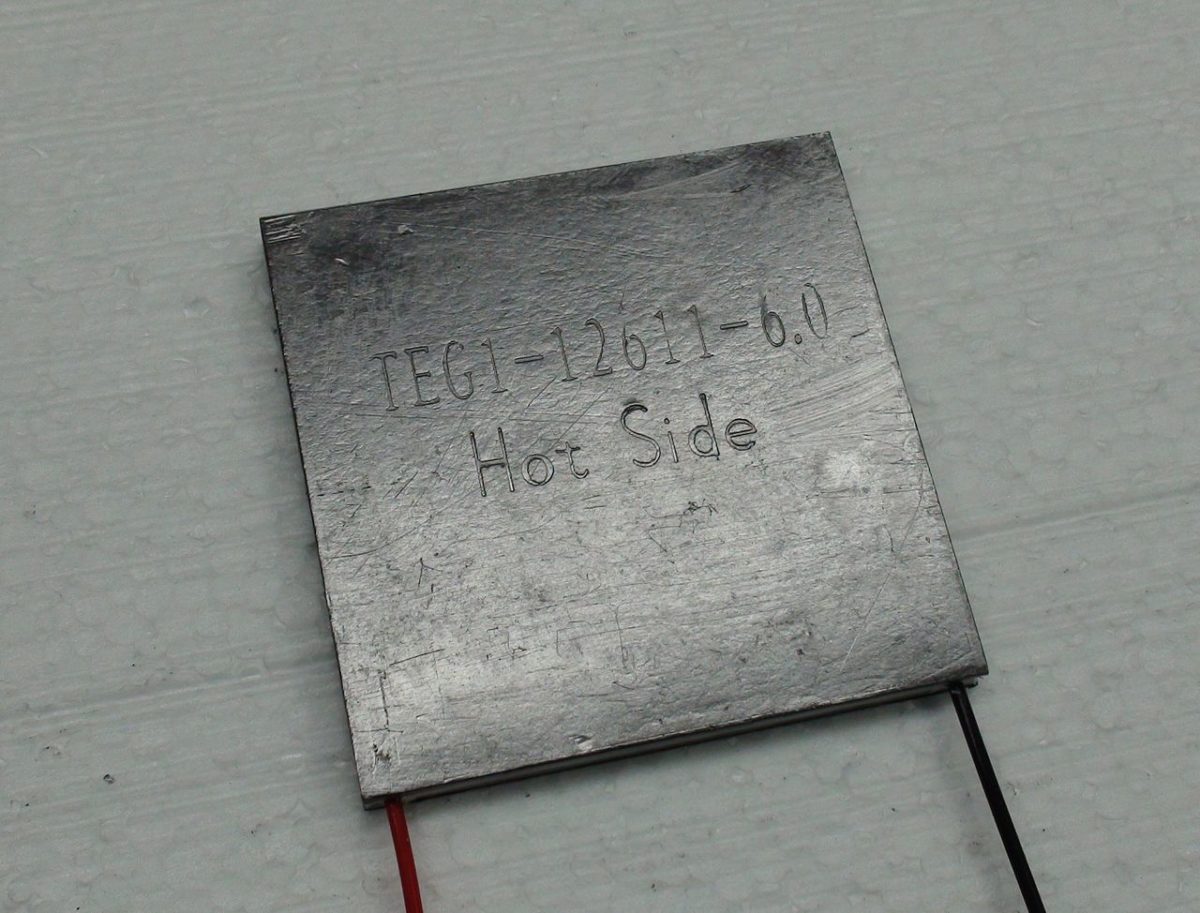A Chinese-Egyptian research group has investigated how rooftop PV may be coupled with thermoelectric coolers (TEC), which are also known as Peltier heat pumps as they operate according to the Peltier effect. This effect creates a temperature difference by transferring heat between the two electrical junctions of a semiconductor-based electronic component, which is the key element, working as a small solid-state heat pump. According to the research team, TECs have the advantage of being easy to install and refrigerant free as well as having no movable parts and offering resilient operation.
The proposed combination was labeled a solar thermoelectric air-conditioning system (STEACS) and its performance was analyzed through a machine learning prediction model known as a random vector functional link network (RVFL), which is a randomized version of a single-layer feed-forward neural network (SLFN). The latter is the simplest kind of neural network, in which there is only one layer of input nodes that send weighted inputs to a subsequent layer of receiving nodes.
The RVFL was used in combination with four different techniques: the Jellyfish Search Algorithm (JFSA); the Artificial Ecosystem-based Optimization (AEO); the Manta Ray Foraging Optimization (MRFO) model; and the Sine Cosine Algorithm (SCA). Through the four models, the academics assessed the PV-fed current, the cooling power, the average air chamber temperature, and the coefficient of performance (COP) of a PV-powered STEACS for air conditioning of a 1m3 test chamber under diversified cooling loads varying from 65 to 260W.
The system was built with six solar panels, an air duct system, four batteries, a charge controller, TECs, an inverter, heat sinks, a test chamber, and condenser fans. “The TECs were mainly connected with the air duct arrangement and placed close to each other [and] were placed between the air duct and heat sinks,” the researchers explained. “When direct PV current was fed to TECs arranged on the sheet of the air duct system, one face [became] cold, defined as a cold air duct, and another side [became] hot, called “hot air.” The air ducts were composed of an acrylic enclosure wrapped with a protection sheet.”
Six rectangular finned heat sinks were linked to the hot side of TECs for increasing heat dissipation and an aluminum foil was wrapped over the air duct to avoid heat losses. Under this configuration, the STEACS was able to provide up to 272W of cooling power.
The modeling based on the RVFL combined with the Jellyfish Search Algorithm (JFSA) was found to outperform the other three hybrid models in predicting the system performance. “The determination coefficient (R2) of the predicted PV input current by RVFL-JFSA during the training stage was equal to unity for PV input current, average chamber temperature, and cooling capacity; while it was 0.999 for COP,” the scientists explained. “The values of R2 are slightly decreased during the test stage, to be 0.993899, 0.999282, 0.995293, and 0.948428 for PV input current, average chamber temperature … cooling capacity, and COP, respectively.”
The model was proposed in the study “Modeling of a solar-powered thermoelectric air-conditioning system using a random vector functional link network integrated with jellyfish search algorithm,” published in Case Studies in Thermal Engineering. The research team includes scientists from the Zagazig and Tanta universities, in Egypt, as well as from the Henan Institute of Science and Technology, in China.
This content is protected by copyright and may not be reused. If you want to cooperate with us and would like to reuse some of our content, please contact: editors@pv-magazine.com.




If I can achieve a COP of 3.5+ with the Refrigeration Cycle why use thermoelectric even if the COP is 1…
The REAL CHALLENGE IS TO USE the Refrigeration Cycle for BOTH COOLING (COP..3.5) HEATING (COP..4.5)… now with a COP=8 and 20% PV Cell Efficiency… you get 120% (8X.15) Thermal Efficiency from Sunlight to Useful (Hot-n-Cold) Energy ….
Anay,
Your arithmetic is correct but your assumptions are wrong. You should not add all of the coefficient factors. They are multiplicative. If your PE panels are 20% efficient and your heat pump is 400%( c o p 4), then the total efficiency is 0.2 * 4 equal to 0.8 or 80% of the incoming solar power — not 120%.
Sound more like a student exercise than research with serious intent. Peltier effect devices are notoriously inefficient. They get used in small car fridges only because it would be too expensive to make very small mechanical coolers.